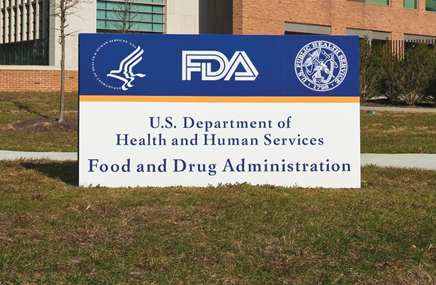The FDA’s deputy center director for science, Richard Moscicki, issued a preliminary report card Wednesday, and the self-assessment is a positive one: the director says the division has approved 26 new molecular entities to date, though some of the slides indicate 25. That’s because Gilead’s Solvadi for hepatitis C got a front-of-the-book mention, but was approved too late to score a row on the agency’s color-coded approval chart that shows up later in the deck.
The agency was not expected to match last year’s high mark of 35 approvals, and the regulator’s presentation indicates that the agency is not slowing things down, noting that there were fewer NME applications with same-year decision dates this year than last and that the rate of first-cycle approvals are in line with last year’s pace.
Although the patent cliff has continued to inflict balance-sheet trauma throughout the industry, a November assessment by market research firm EvaluatePharma suggests this year’s relatively scant number of approvals should not put investors on edge. The reason: the value of the approvals was going to be more significant, with an expected $18.7 billion in US sales five years after approval compared to 2012’s approvals, which the firm expects will wrangle $13.9 billion in US sales in a similar five-year time frame.
As for what’s been approved so far, the FDA writes that it approved almost 90% of the novel drugs in one review cycle, and that almost 75% of this year’s novel drug approvals were approved in the US before any other territory.
Rare diseases held relatively steady, accounting for around 36% of the novel drug approvals and three of this year’s greenlighted drugs were approved with the Breakthrough Therapy designation: Solvadi, along with two cancer drugs, Janssen’s Imbruvica (ibrutinib), and Roche’s Gazyva (obinutuzumab).
Johnson & Johnson has hailed the impact the Breakthrough Therapy label had on its timeline, and the FDA’s statistics indicate that the agency is not generous with the designation, saying it denied the label to just under half of the requests and granted it to just 30% of applicants.








